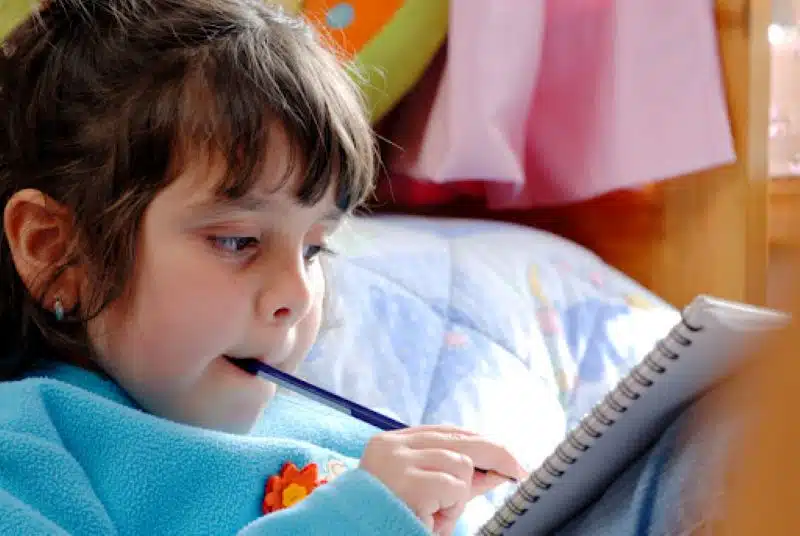Contents
Understanding Oral Sensory Seeking in Toddlers
Does your toddler chew on toys, clothing, or objects more than expected? Oral sensory seeking is common but may signal sensory needs requiring extra attention. This guide, created by a pediatric therapist, offers practical at-home sensory activities to support your child’s development.
What is Oral Sensory Seeking?
Oral sensory seeking refers to a heightened need for oral stimulation. Children may chew, bite, or lick to self-soothe, regulate emotions, or explore their environment. While some oral exploration is normal, frequent or persistent behaviors often indicate sensory processing needs.
Quick Snapshot:
- Common Behaviors: Chewing, biting, or licking.
- Why It Happens: Emotional regulation, sensory processing challenges, or nutritional needs.
- When to Act: If behaviors disrupt daily life or pose safety risks.
Why Do Toddlers Exhibit Oral Sensory Seeking?
- Exploration: Oral exploration is a natural developmental stage.
- Sensory Needs: Extra stimulation may help children focus and stay calm.
- Coping Mechanism: Stress or frustration can drive oral behaviors.
- Nutritional Factors: Deficiencies in zinc or iron may contribute to heightened sensory-seeking behaviors. Talk to your pediatrician regarding supplements.
Find out about Occupational Therapy and if it’s right for your child.
Practical At-Home Sensory Activities for Oral Seekers
1. Chewable Tools
Provide safe chewables like silicone necklaces or sensory sticks. These tools satisfy oral needs while protecting your child from unsafe mouthing behaviors.
- Example Products: Chew necklaces, sensory sticks, silicone bracelets.
- Pro Tip: Always choose BPA-free options to ensure safety.
2. Incorporate Sensory-Rich Foods
Introduce chewy or crunchy foods to meals. Options like carrots, bagels, and dried fruit offer sensory input while promoting healthy eating.
- Parent Hack: Freeze grapes or mango slices for a cooling, chewy snack.
Nutrition Therapy and Services help you find out which foods are the best for your child’s needs.
3. Oral Motor Exercises
Activities like blowing bubbles, using straws, or practicing with chewy tubes can strengthen oral muscles while addressing sensory needs.
- Try This: Encourage your child to “blow away clouds” by puffing through a straw to move lightweight objects like cotton balls.
4. Create a Calming Space
Toddlers often respond well to predictable routines and sensory-friendly environments. Add soothing music or soft lighting to create a calm space.
- DIY Tip: Use a small tent or corner of a room as a sensory nook with pillows, blankets, and calming lights.
5. Interactive Sensory Play
Engage in activities that stimulate multiple senses:
- Sensory Bin: Fill a container with rice or beans and hide small toys for your child to find.
- Scavenger Hunt: Create a sensory scavenger hunt with items of varying textures and shapes.
6. Positive Reinforcement
Celebrate small wins. Praise your child when they use chewable tools or adopt positive behaviors, helping build their confidence.
- Example Phrase: “Great job using your chew stick! That helps keep you safe.”
7. Professional Guidance
If behaviors persist, consult an occupational therapist. Experts can assess your child’s needs and create a personalized plan to support them.




